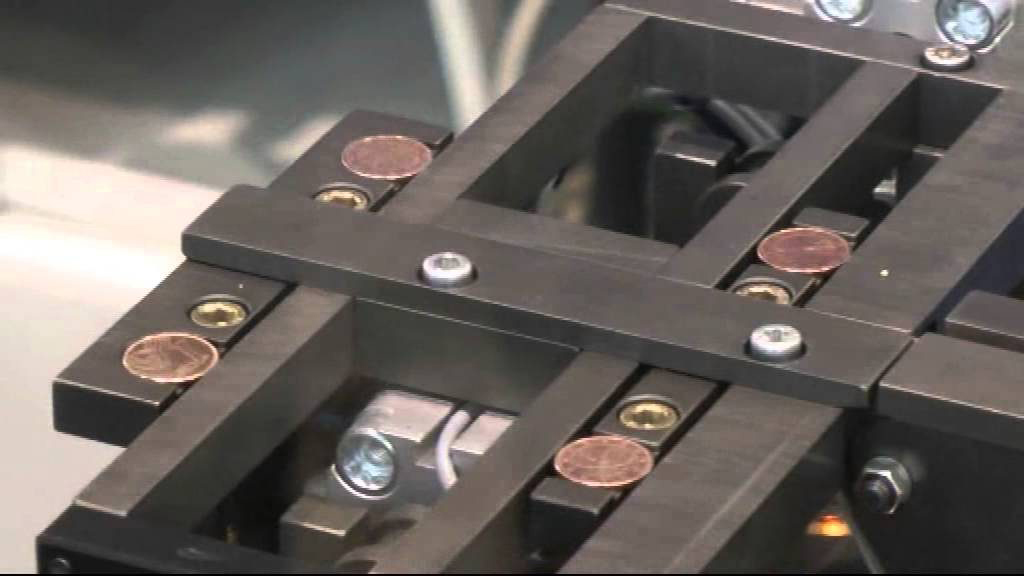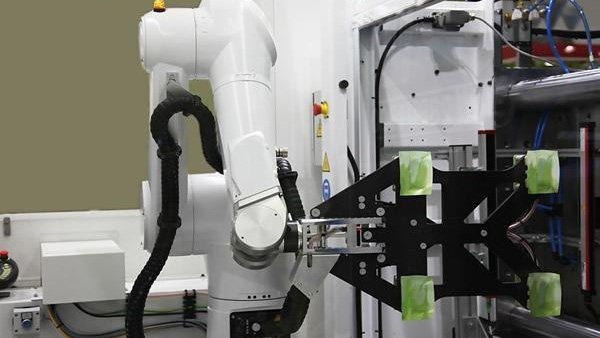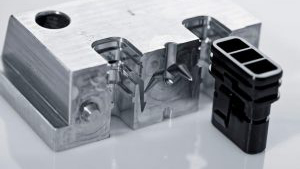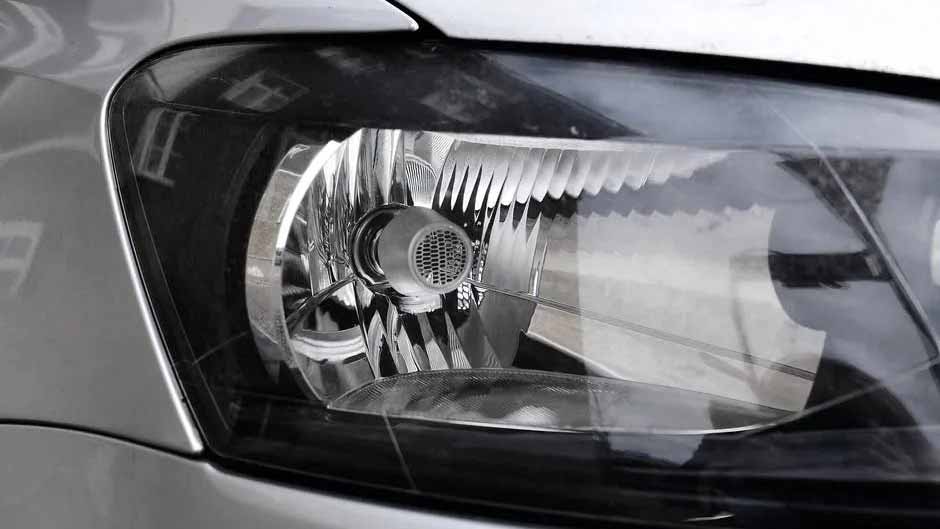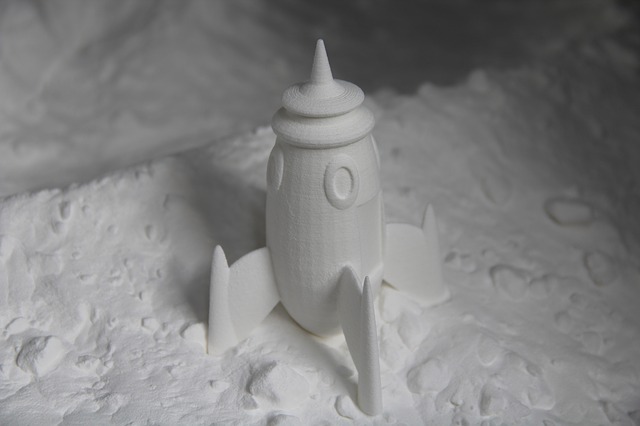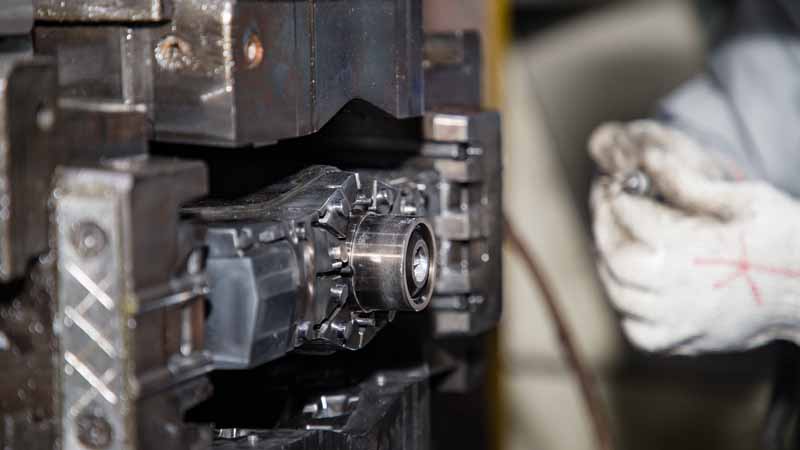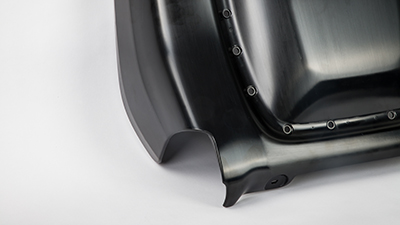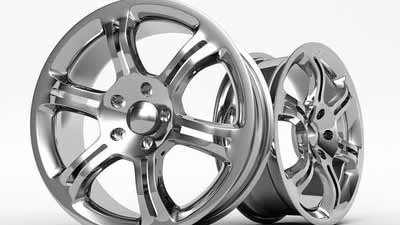Contents
Mastars
rapid prototyping
CNC machining
rapid prototyping services
Mastars is a prototype company in China. With our own factory, we adopt mature prototyping technologies (rapid CNC machining, rapid sheet metal prototyping, vacuum casting prototyping, 3D printing prototyping etc.), take new concepts or designs and bring them to life.
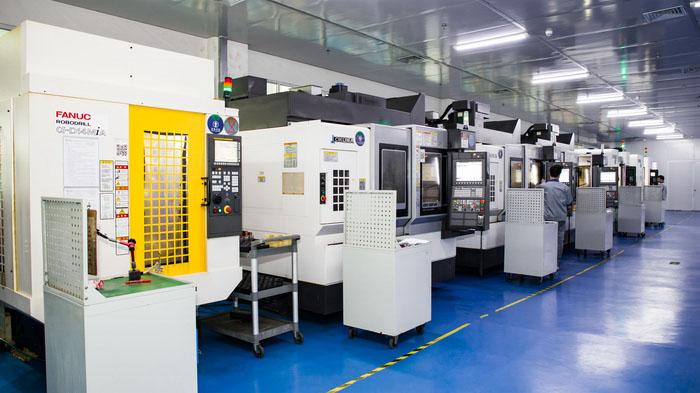
1. Drying control - moisture content below 5%
Spray free materials, like most materials, absorb moisture in the air. It must be dried before forming, otherwise it may cause silver wire and water spray on the surface of the product and affect the surface gloss of the product.
It is generally required that the water content of the spray free material after drying shall be controlled below 0.05. For example, for the spray free material of ABS substrate, the drying temperature is usually 70 ℃ -85 ℃, and it is dried for 3-4 hours.
Too high temperature is easy to cause material performance degradation; The temperature is too low, the drying time is not enough, the moisture content of the resin is too high, and the product surface is easy to produce gas marks.
2. Injection temperature - medium low temperature injection
Because metal pigments are added to the spray free resin, it is easy to cause the color change of metal pigments under the high shear action of the screw. Therefore, the principle of setting the forming temperature of spray free materials is to use low and medium temperature injection molding as far as possible to prevent material degradation on the premise of ensuring that the materials are fully plasticized.
For example, the processing temperature of non spraying materials based on ABS is 210 ℃ -230 ℃. If the temperature is too high, the material will degrade and the product surface will produce gas marks.
3. Injection speed - medium speed step control
When using spray free materials for injection molding, the selection of injection speed mainly considers the appearance of the product, the exhaust of the mold and the resistance of resin flow in the cavity of the injection molding machine.
Faster injection speed will generally lengthen the melt flow, which is suitable for filling thin-walled products, and form a better surface finish and surface effect. However, too fast injection speed is easy to make the melt suffer strong shear, resulting in damage to the shape and particle size of pearlescent toner and reducing the special color effect of the product. In addition, problems such as spray marks and poor exhaust are easy to occur near the gate.
Therefore, on the premise of ensuring the surface effect and quality of the product, it is recommended to select the medium speed step-by-step speed control to ensure smooth filling and product appearance.
4. Injection pressure - lower pressure
The injection pressure is to overcome the resistance of the melt in the flow process, give the melt a certain filling speed and compact and feed the melt to ensure the smooth filling process. The actual injection pressure is related to many variables, such as melt temperature, mold temperature, part geometry, wall thickness, flow length, and other mold and equipment conditions.
Generally, it is better to select a lower pressure that can meet the performance, appearance and injection cycle. At the same time, pay attention to the difference between the actual injection peak pressure and the set value. In general, the appropriate holding pressure is 60-80% of the injection pressure.
5. Mold temperature - higher mold temperature
Mold temperature directly affects the surface brightness, weld line and its strength of the final product. The use of high mold temperature can increase the fluidity of materials, obtain high bonding line strength, reduce the internal stress of molded products, make them better in heat resistance and chemical resistance, improve the replication of melt adhesive on the mold surface, and improve the gloss and special color effect of products.
In order to achieve the ideal surface quality effect, higher mold temperature should be used as much as possible when using spray free materials. For the non spraying material with ABS as the base material, the mold temperature is usually 70-90 ℃.
In a word, only reasonable mold design, appropriate drying temperature, injection temperature, injection speed and reasonable mold temperature are essential conditions for making beautiful products with spray free materials.
Mastars Industries CO., LTD
www.mastars.com
Email: marketing@mastars.com
Tel: +86 755-88210690
+86 18100294997
Add: Building 6,Blue Sky Industrial Park, Ditang Road, Shajing Town, Shenzhen City, Guangdong, China


